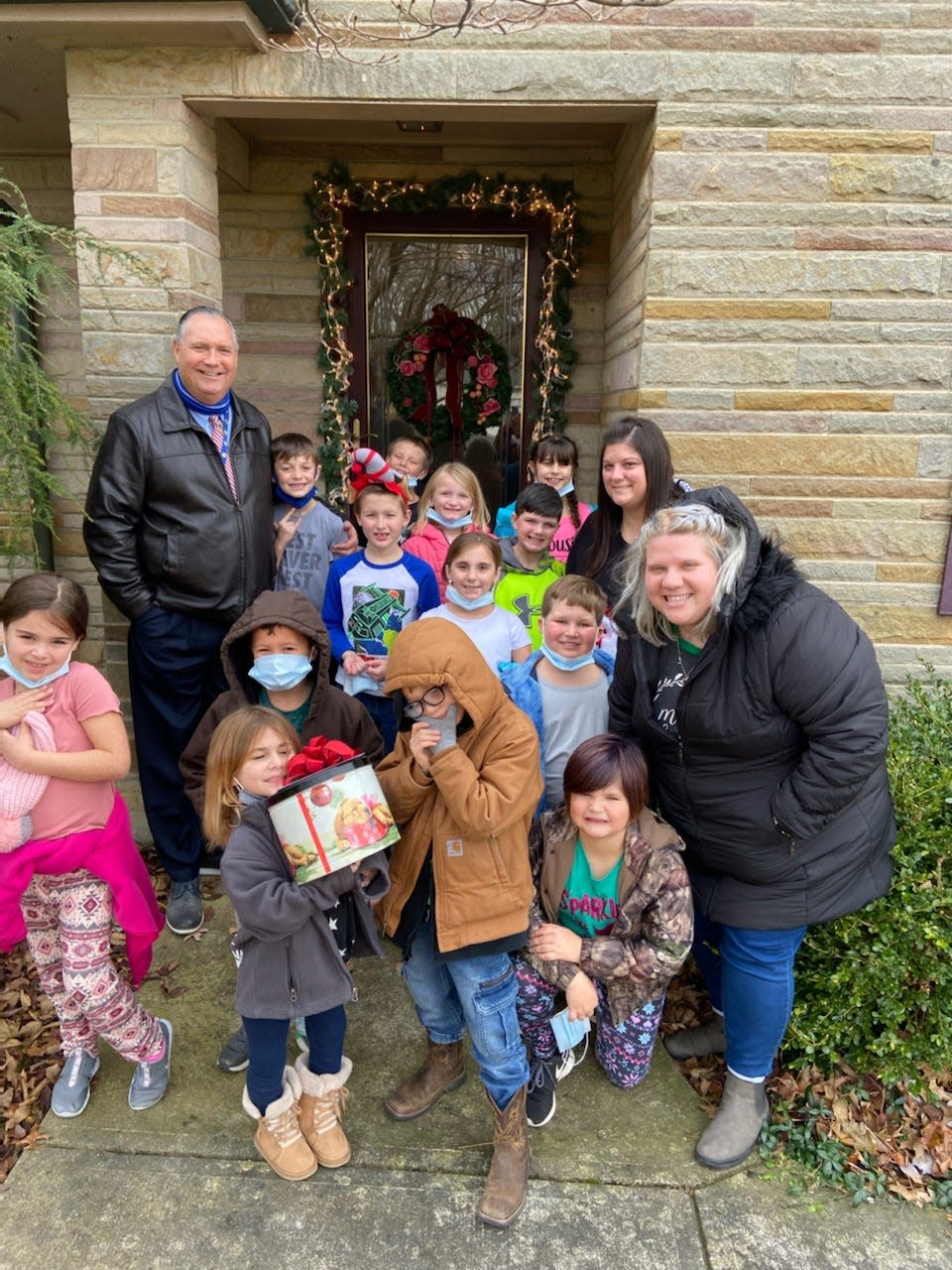Over the Garden Fence: We Wish You a Merry Christmas

The history behind still another common event draws my curiosity. This comes because real life events generate a fascination. At this time of the year the practice of caroling sends me down memory lane.
Years ago, as a high school student, our youth fellowship would carol for church friends taking along a plate of cookies. Girl Scouts annually sang for rest homes. Later as a youth adviser, our group would go caroling to shut-ins again, delivering homemade goodies along with our songs and good wishes.
The root of this song sharing has a long history. It never surged until the 19th century.
In reading through many notes colored with facts, it is clear that serenading began as an effort to give well wishes to people in cold weather. In the 13th century wassailing was the term used. Wassail is a thick, hot spicy beverage which was given to travelers to warm them. That drink is what we know as egg nog.
Back, way back in the 4th century when church officials proclaimed the birth of Jesus a holiday, the music was austere. It was a great contrast with early carolers. Get this — carol is a Latin word that suggested a circular dance. The Greek counterpart meant flute player likely accompaniment for early song.
Saint Francis began using sayings, songs and well wishes during Christmas services. He encouraged members to embrace the joy found in the earlier upbeat Latin hymns. People favored the newer energy over the somber pieces of the past. They could celebrate Christ's birth especially with their families.
Enough of the history because it is long and complicated, though interesting.
Carolers go out today to bring cheer. The purpose in going door to door and singing carols comes with hope and wishes for good health. Often treats are given to the carolers. At some point caroling carried a charity purpose. That could be related to peasants who in the 16th century went wassailing and requested nourishment for the good tidings.
Last week a surprise came to my husband and me. Wynford second graders came to our home. They came caroling, arriving in a big yellow bus. They seemed excited. Maybe I was more so. This is something that just does not happen anymore. Yet here they were bouncing and smiling and singing on cue. We were presented with a carton of cookies. Joy and good tidings.
Oh, there was appreciation all right. It was one of the sweetest unexpected gestures to come our way lately . We were told ahead of time of the planned visit. So my morning was spent making cookies — eight dozen. This was presented to the group to take back and share with the other second graders.
Here is one more note for all of us to ponder. A Pew Research agency in 2017 determined that 16% of Americans reported having gone caroling at Christmastime. It may be by a thread but we are still holding on to what ancestors brought from England including the words in "We Wish You a Merry Christmas."
Life is good.
Mary Lee Minor is a member of the Earth, Wind and Flowers Garden Club, an accredited master gardener, a flower show judge for the Ohio Association of Garden Clubs and a former sixth grade teacher.
This article originally appeared on Bucyrus Telegraph-Forum: Over the Garden Fence: The Christmas tradition of caroling

